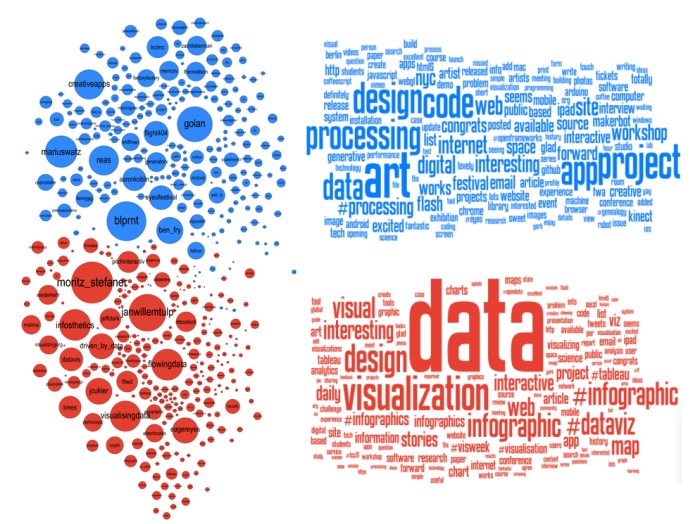
This blog post discusses whether data visualization is truly necessary for all businesses. Businesses are all different so it is true they have different uses for different information technology (IT) products, but it is a problem when companies purchase expensive technologic expeditions to ‘innovate’ their company when it is truly not necessary. Data visualization “can be expensive, especially if it involves large amounts of data and complex algorithms or deep interactive experiences.” Not all companies need to use data visualization and if companies are not spending the time to understand what these new products are, they may be mindlessly spending large quantities of money on something they do not truly need. However, data visualization does have its benefits and can benefit a company, if utilized properly. It can personalize data as well as save time and money making visualized data. It is extremely important for companies to understand what they are purchasing especially when it has to do with the boundless realm of technology as it can save the company a plethora of money or it can cost the company way too much money with way too little benefits.
http://blogs.hbr.org/2013/11/does-your-company-actually-need-data-visualization/




 Businesses have been blamed for being responsible for many negative causes in the environment. Some corporations have a narrow-minded and outdated view that being environmentally friendly is less cost-effective and will harm profits. However, IKEA’s owner, Steve Howard, has a very different view. He recently purchased a wind turbine farm in Alberta that holds twenty wind turbines. Steve Howard stated that “sustainability has become a must-do for business.” Steve Howard is an example of an innovated and updated thinker who is willing to bring business and the environment back together. This is an example of shared value as IKEA is expressing its concern of the environment and taking the necessary steps to use and purchase clean energy. IKEA also has 3,790 solar panels installed on the roofs of three of its stores in the Greater Toronto area. IKEA is an example of a corporation that is focusing on using clean energy as well as manufacturing products called “green products” that customers can purchase to use clean energy as well. IKEA is a forward thinking corporation which has stepped out of the narrow minded thinking of many corporations that still exist today as it is willing to incorporate shared value (the environment) into its business strategy.
Businesses have been blamed for being responsible for many negative causes in the environment. Some corporations have a narrow-minded and outdated view that being environmentally friendly is less cost-effective and will harm profits. However, IKEA’s owner, Steve Howard, has a very different view. He recently purchased a wind turbine farm in Alberta that holds twenty wind turbines. Steve Howard stated that “sustainability has become a must-do for business.” Steve Howard is an example of an innovated and updated thinker who is willing to bring business and the environment back together. This is an example of shared value as IKEA is expressing its concern of the environment and taking the necessary steps to use and purchase clean energy. IKEA also has 3,790 solar panels installed on the roofs of three of its stores in the Greater Toronto area. IKEA is an example of a corporation that is focusing on using clean energy as well as manufacturing products called “green products” that customers can purchase to use clean energy as well. IKEA is a forward thinking corporation which has stepped out of the narrow minded thinking of many corporations that still exist today as it is willing to incorporate shared value (the environment) into its business strategy.



